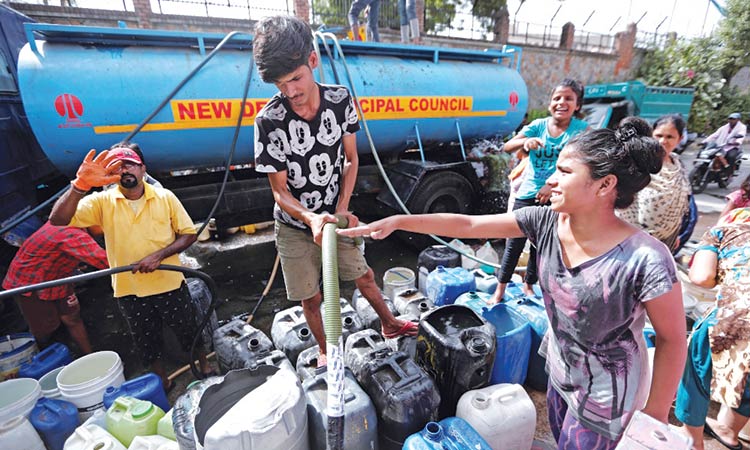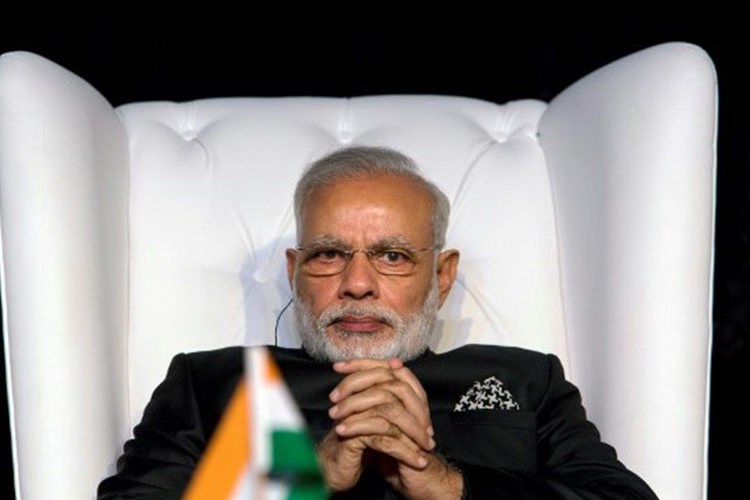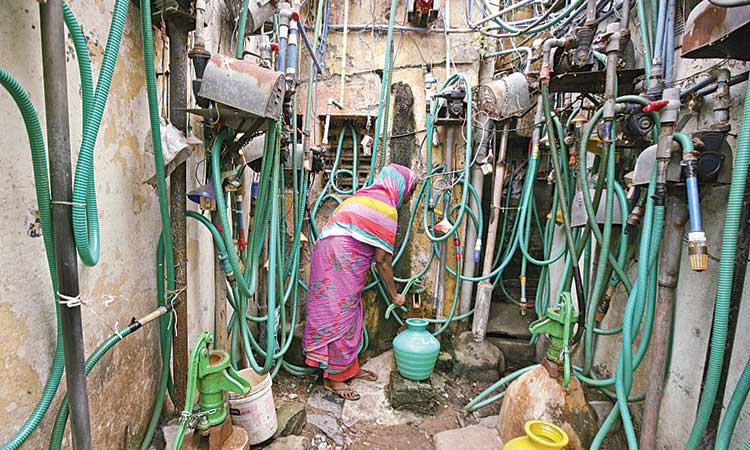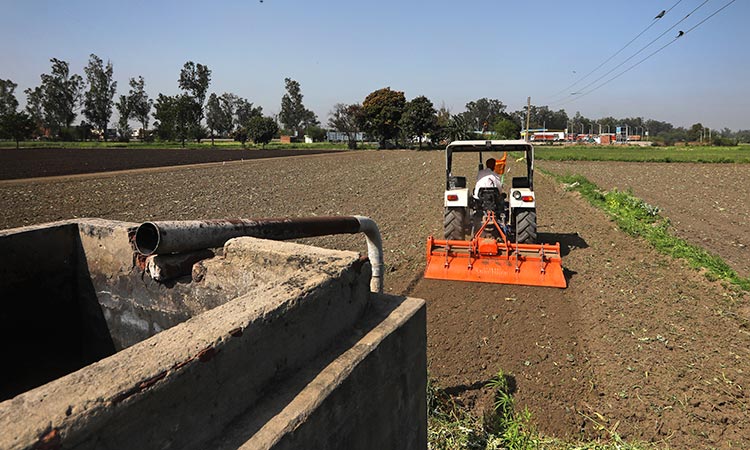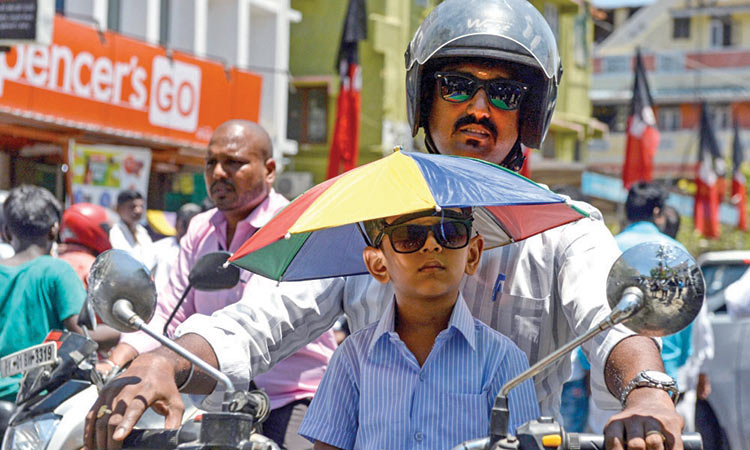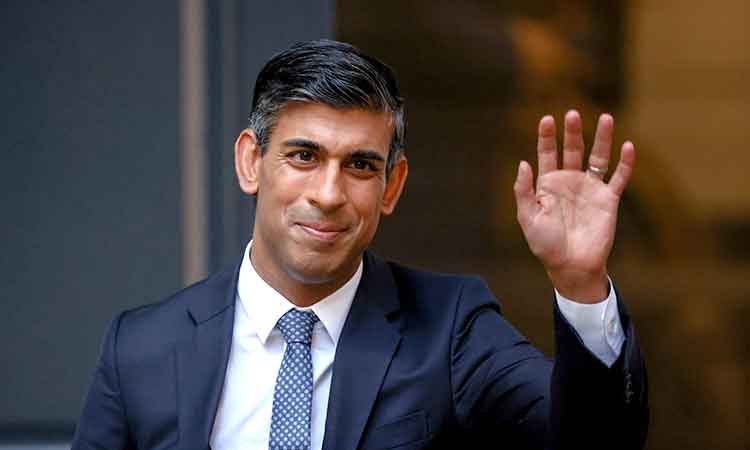Piped water, a pipe dream for millions
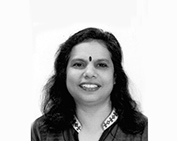
Meena Janardhan
Writer/Editor/Consultant. She has over 25 years of experience in the fields of environmental journalism and publishing.
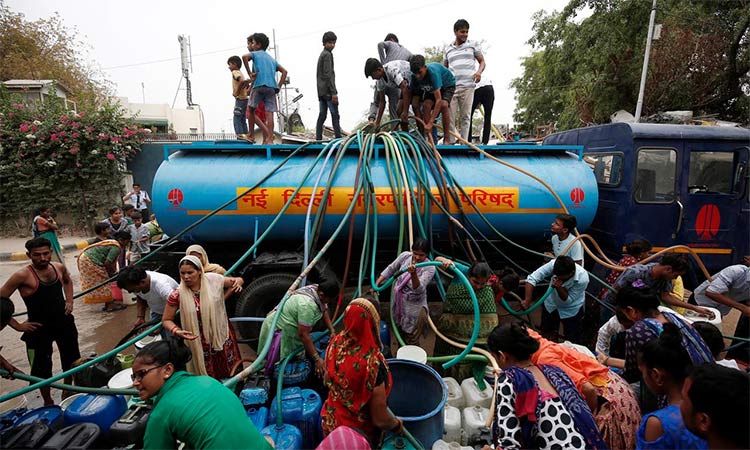
Residents fill their containers with drinking water from a municipal tanker in New Delhi. Reuters
India’s first Union Minister for Jal Shakti (Water Power) Gajendra Shekhawat faces this daunting task, as Modi has clubbed various water ministries into a single portfolio to deal with related issues, including polluted rivers and the shortage of clean drinking water.
This comes at a time when India is facing one of its major and most serious water crises. After two consecutive years of weak monsoons, 330 million people – a quarter of the country’s population – are affected by a severe drought. With nearly 50 per cent of India grappling with drought-like conditions, the situation has been particularly grim this year in western and southern states that received below average rainfall.
Indian President Ram Nath Kovind told Parliament that the new ministry will tackle water conservation and management. He said traditional water conservation practices are disappearing as ponds and lakes are filled to build houses and other developments, and that vanishing water sources have worsened the crisis for the poor. Adding that, water shortages are one of the biggest challenges of the 21st century and are likely to be worsened by climate change, he said the creation of the new ministry “is a decisive step in this direction, which will have far-reaching benefits.”
Modi has also written a letter to village heads urging them to join hands to construct check dams and embankments along river and streams, and building reservoirs among other measures to tackle the water crisis.
About 200,000 Indians die every year due to inadequate access to safe water, and 600 million face high to extreme water stress, the National Institute for Transforming India (NITI) Aayog said in a report, citing data by independent agencies.
According to the Composite Water Management Index (CWMI) report, more than 600 million people in India face high to extreme water crisis in the country. About three-fourths of the households in the country do not have drinking water on their premises.
With nearly 70% of water being contaminated, India is placed 120th amongst 122 countries in the water quality index. The report adds that India’s water demand is projected to be double its supply by 2030, and eventually shave six per cent off gross domestic product.
The report flagged other alarming statistics. For example, while four per cent of world’s freshwater is in India, 16% of the world’s population depends on it. Groundwater accounts for 63% of India’s irrigation needs – India faced 10 drought years between 1950 and 1989 and 7 drought years since the year 2000. 150 million workdays every year are spent by women on fetching and carrying water.
The CWMI report also points out that 21 major cities (Delhi, Bengaluru, Chennai, Hyderabad and others) are racing to reach zero groundwater levels by 2020, affecting access for 100 million people. However, 12 per cent of India’s population is already living the ‘Day Zero’ scenario, thanks to excessive groundwater pumping, an inefficient and wasteful water management system and years of deficient rains. The report states that by 2030, the country’s water demand is projected to be twice the available supply, implying severe water scarcity for hundreds of millions of people and an eventual six per cent loss in the country’s GDP.
Another recent Down to Earth report highlights the need to promote a decentralized approach, with a key focus on water conservation, source sustainability, storage and reuse wherever possible.
Asia’s third-largest economy is already seeing a slowdown in industrial output and manufacturing growth, slumping car and two-wheeler sales, drops in airline passenger traffic and sluggish fuel demand growth.
The World Health Organization (WHO) has said that an individual requires around 25 litres of water daily for meeting his/her basic hygiene and food needs. The rest is used for non-potable purposes like mopping and cleaning. This indicates that for most of the non-potable uses, a quality lower than drinking water is required. Thus, for economic efficiency and environmental sustainability, water must be treated and supplied according to usage.
To top this, are issues of leakage losses, water pricing and metering of water. Lack of proper maintenance of existing infrastructure causes further losses of almost 40 per cent of piped water in urban areas.
